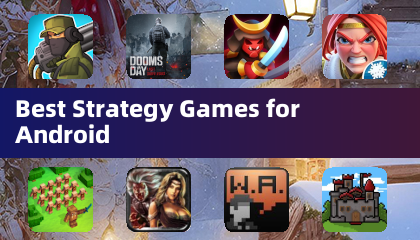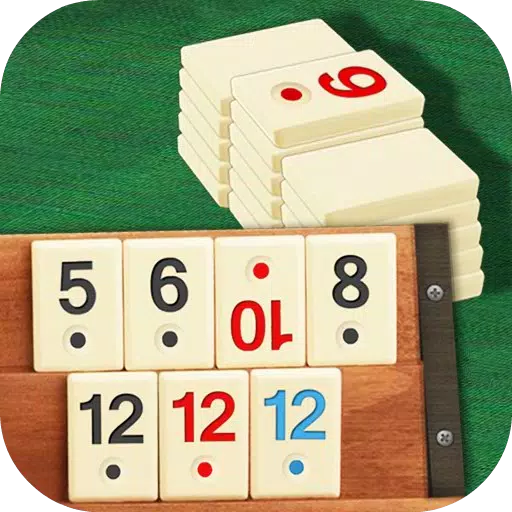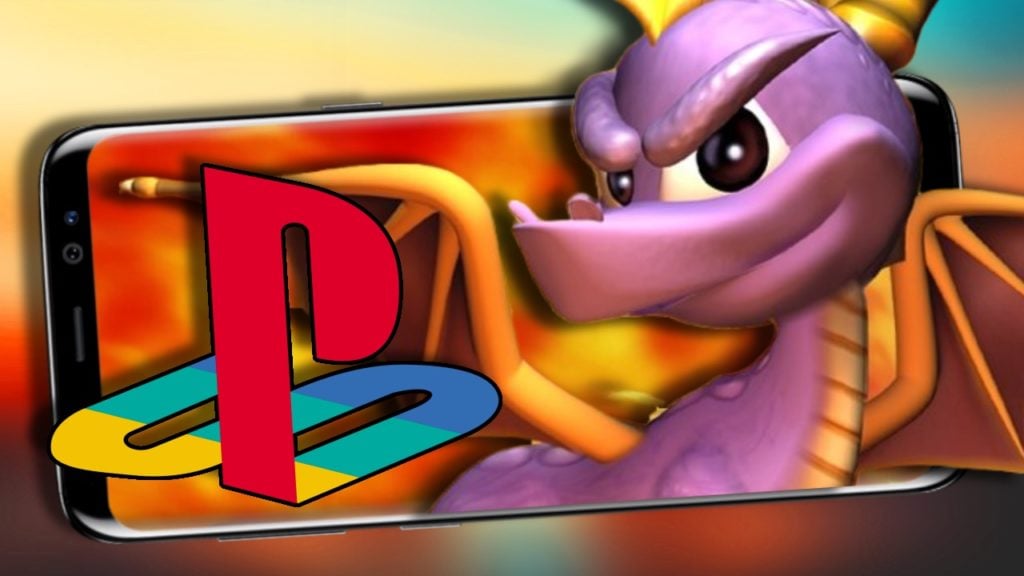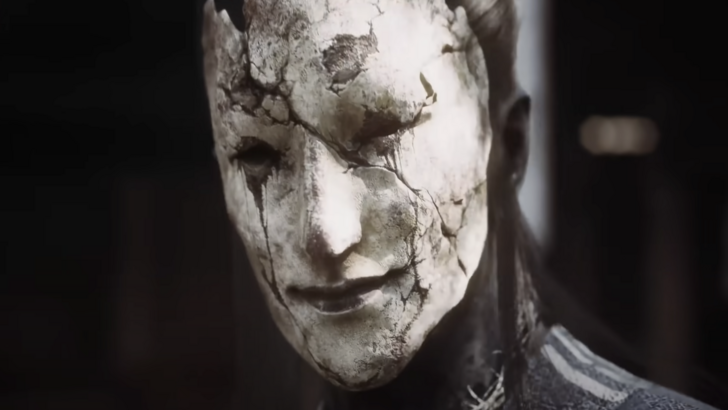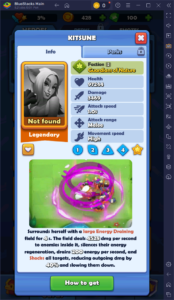Having finally seen The Outer Worlds 2 for myself, it's clear that Obsidian Entertainment has prioritized deepening the RPG elements. While the first game was designed to be more approachable with streamlined systems and progression, the sequel encourages players to embrace a variety of playstyles, avoiding the homogeneity that can come with more standardized approaches. The Outer Worlds 2 isn't just about complexity for its own sake; it's about fostering creativity, specialization, and even embracing the oddball choices players might make.
"We're looking for ways to incentivize the player to experiment with different builds, either traditional or non-traditional," design director Matt Singh explained during a discussion on the revamped RPG mechanics. He emphasized the team's focus on synergies between player Skills, Traits, and Perks, which can lead to unique and interesting builds that interact with the game's systems in new ways. This was evident in our exclusive 11 minutes of gameplay footage, showcasing new elements in gunplay, stealth, gadgets, and dialogue. For our IGN First coverage, we're diving into how these systems have been reworked and what players can expect from them.
Rethinking the Skill System ---------------------------"We often saw characters becoming proficient in everything by the end of the game, which diluted the personal experience with your character," said lead systems designer Kyle Koenig, reflecting on the first game and the changes implemented for the sequel. To address this, Obsidian has shifted away from the Skill categories that grouped stats together in the original game, opting instead for individual Skills with more significant differences. "We wanted to make each level-up and investment feel important. By separating the Skills, it becomes clearer which ones to invest in for specific playstyles, like focusing on guns and medical devices," Koenig explained. This approach allows for greater specialization and a more tailored character development experience.
Singh added that the game now supports a wider variety of builds beyond traditional ones like stealth, combat, or speech. "There's a lot of blending of concepts, playing with other systems and incorporating those into a broad range of player profiles," he noted. For instance, investments in Skills like Observation can reveal hidden elements in the environment, such as secret doors or interactive objects that lead to alternate paths.
The Outer Worlds 2 Character Creation - Screenshots

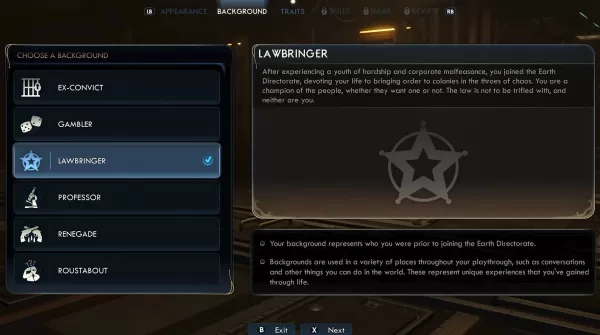 4 Images
4 Images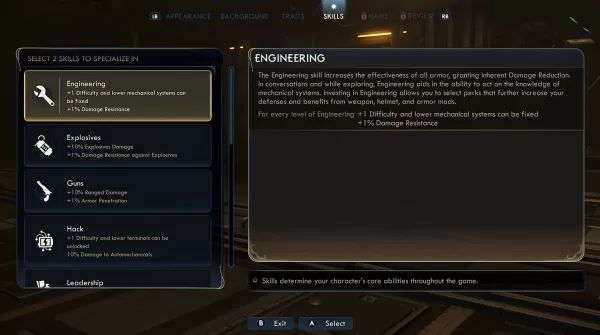
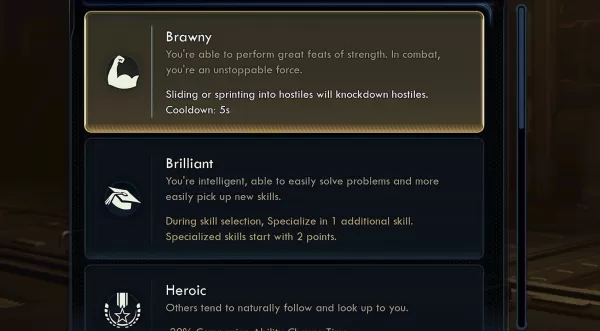
While this approach might seem standard for RPGs, The Outer Worlds was unique in its initial grouping of Skills. The sequel leverages the revised Skill system to create more distinct character builds and open up possibilities, particularly in relation to the revamped Perks system.
The Perks of Getting Experimental
Obsidian is emphasizing specificity and unique play avenues. "We've significantly increased the number of Perks, with over 90 available, each requiring various Skills to unlock. As you invest in Skills, it influences your Perk choices and opens up different paths," Koenig elaborated. He highlighted a Perk called Run and Gun, tailored for players using shotguns, SMGs, and rifles, which allows firing while sprinting or sliding. When combined with Tactical Time Dilation (TTD), it enables bullet-time action. Another example is the Space Ranger Perk, which affects dialogue interactions and provides damage boosts based on the Speech stat. "We looked at all the different gameplay modes and actions players can take, and how we can modify them," Koenig said.
"We have a lot of Perks that cater to non-traditional play styles," Singh mentioned, citing a build for players who choose to eliminate NPCs. Such a route can be enhanced with Perks like Psychopath and Serial Killer, granting bonuses like permanent health boosts. "Especially in an Obsidian game where you can kill anyone, the game will respond and roll with it, allowing you to complete the game. It's a fun way to play in subsequent playthroughs to see how far you can take it," he added.
For more traditional playstyles, Koenig discussed builds that exploit elemental combat aspects. Players can mix and match damage types, such as using plasma to burn enemies while healing from it, or employing shock damage to control automechs and paralyze foes, or using corrosive damage to strip armor and deal critical hits.
Singh highlighted other experimental opportunities, such as opting into detrimental effects to buff other character aspects. "How do I construct a build where I'm incentivized to take damage to enhance other abilities effectively? I really like creative builds that convert something negative into a positive aspect of your build," he said. This design philosophy, present in the original game, is now a driving force in The Outer Worlds 2, particularly in relation to Traits and Flaws.
The Positive and Negative Traits
"One of the things in The Outer Worlds, borrowed from Fallout, was the ability to have negative attributes that were detrimental but allowed for extra points elsewhere," Koenig noted. The Flaws system in the original game offered a permanent effect based on behavior in exchange for an extra Perk point. In The Outer Worlds 2, this concept is expanded. The system of Positive and Negative Traits involves a give-and-take, where choosing a negative Trait allows for an additional positive one. For example, the Brilliant Trait grants extra Skill points during character creation, while Brawny lets you knock down targets by sprinting into them. On the other hand, choosing the Dumb Trait locks you out of investing in five Skills, and Sickly permanently lowers your base health and toxicity tolerance.
The Outer Worlds 2 Gameplay - Screenshots
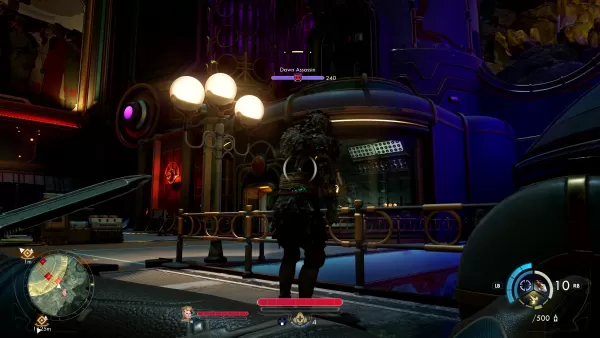
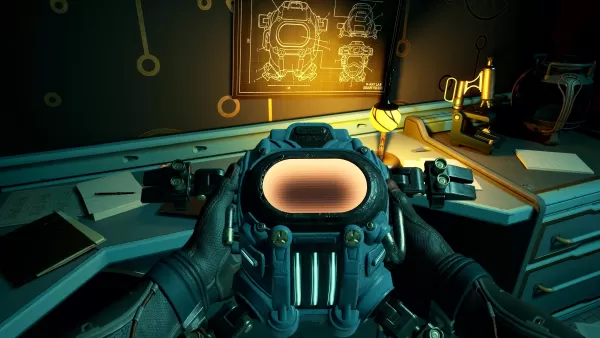 25 Images
25 Images
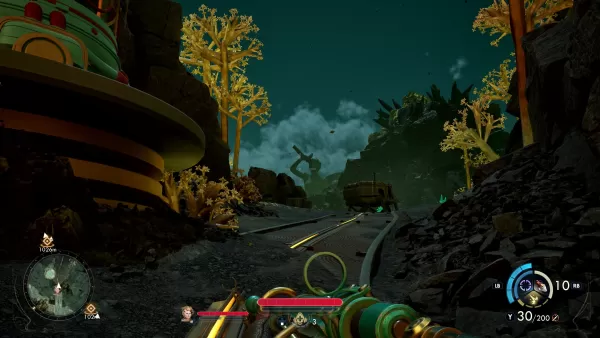
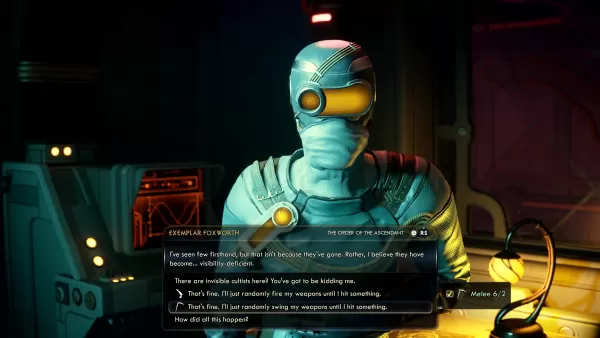
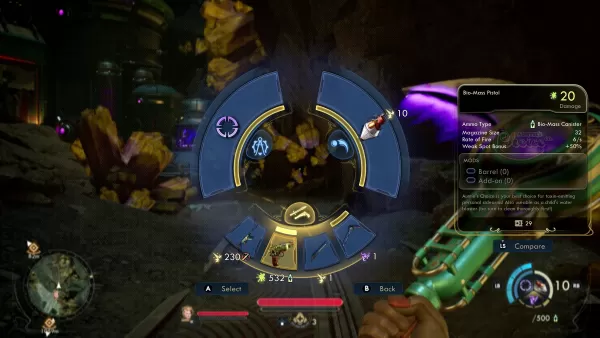
While I'll delve deeper into the revamped Flaws system in another article, it's clear that The Outer Worlds 2 is getting more creative and playful with these mechanics. The original game's Flaws often felt like a compromise not worth making, but in the sequel, the game monitors your behavior and offers Flaws with both positive and negative conditions that can pop up unexpectedly. You'll still need to opt into them, but they become a permanent part of your character.
Guiding Players and Ditching Respec
With more complex elements in The Outer Worlds 2, Obsidian has focused on making these aspects clear and digestible through in-game explanations and UI elements. "Right from the start, during character creation, we wanted to highlight the differences in Skills and their impacts," Koenig said. This clarity is provided not just through help text but also via short in-menu videos demonstrating gameplay effects. One standout feature is the ability to mark Perks as favorites before unlocking them, aiding in organizing and planning a specific progression path or build. The system's intuitive design shows Perk requirements upfront, with icons indicating their general playstyle and related Skills.
"We're looking for ways to incentivize the player to experiment with different builds, either traditional or non-traditional," Singh reiterated, emphasizing the importance of player choice. With no respec option available past the introductory sequence, players must live with their choices throughout their playthrough. "By removing respec, we really incentivize it to be your unique experience. It's a part of your journey that no one else had, which is special about RPGs," Koenig concluded. Singh added, "Philosophically, we believe all your choices should matter and create meaningful changes to your gameplay experience. This is one way we're asking you to make a choice, stick to it, and see how it unfolds in interesting and fun ways."




